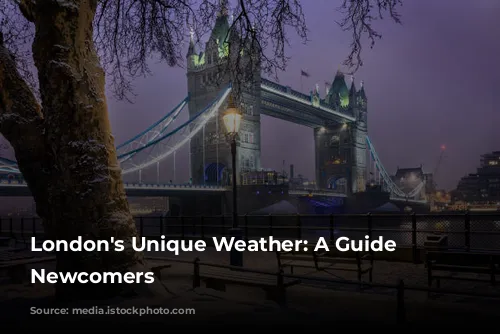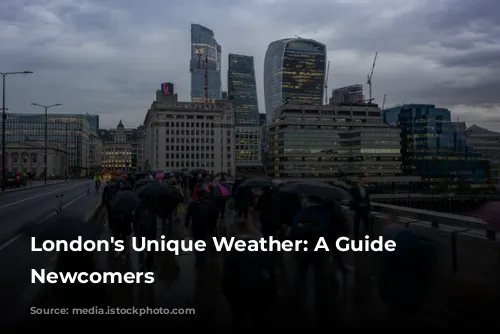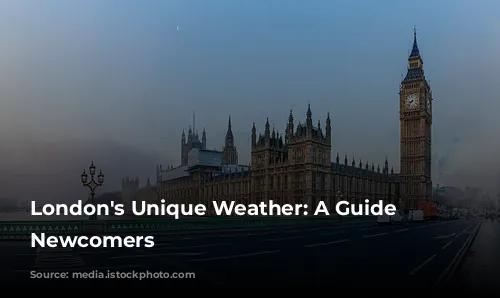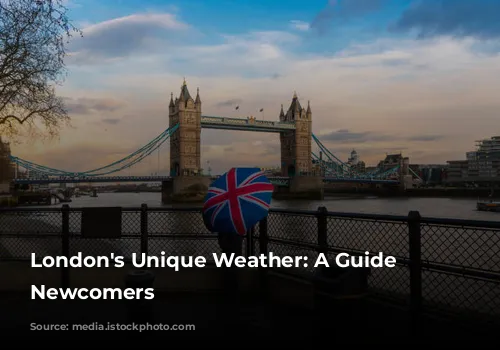London’s location and weather patterns can be a surprise for those coming from warmer climates. The city, situated at 51°30’ North latitude, experiences drastically varying daylight hours throughout the year. Winter days are short and dark, with the sun rising late and setting early. Conversely, summer days are long and bright, with the sun rising before 5 am and setting after 9 pm.
This shift in daylight hours can be challenging for adjusting to life in London, especially in the initial stages. The lack of sunlight in winter can be depressing, and the early morning sun in summer can disrupt sleep. Many Londoners rely on blackout curtains to combat the early morning sunlight in the summer.
Temperate Climate with Surprising Variations
Despite its northerly location, London enjoys a surprisingly temperate climate. This is largely due to the warm Gulf Stream, which carries warm water from the Caribbean to Western Europe, making the British Isles warmer than they would be based on their latitude alone.
London rarely experiences extreme temperatures. January sees average daytime temperatures around 8°C (46°F), while July averages a pleasant 22°C (73°F). While occasional summer days can reach over 25°C (77°F) or even 30°C (86°F), most London homes lack air conditioning. Winter temperatures can drop to freezing, but most homes have heating systems.

Rain: A Constant Companion
Rain is a common occurrence in London, falling throughout the year. While the average rainfall is relatively low (around 23 inches/58 centimeters annually), drizzle seems to be a regular feature. Always have a small umbrella or a waterproof jacket on hand to be prepared for the London drizzle.
Thunderstorms are occasional occurrences, but most rain is fairly light. It’s important to be prepared for unexpected showers, even on sunny days.

Snowy Days: A Rare Disruption
Snow is relatively unusual in London, partly due to the city’s heat generated by buildings and cars. However, when it does snow, it can bring the city to a standstill. The Underground and train services are often disrupted by freezing weather and snow.
Snow can also significantly impact road traffic, with even a small amount of snow causing major disruptions. This is partly due to Londoners’ lack of experience driving in snow and ice.
A recent example illustrates the impact of snow on London’s traffic. A heavy snowfall caused a major gridlock in a North London shopping mall’s parking lot, with many drivers stuck for hours. This highlights the importance of being prepared for snowy conditions in London.
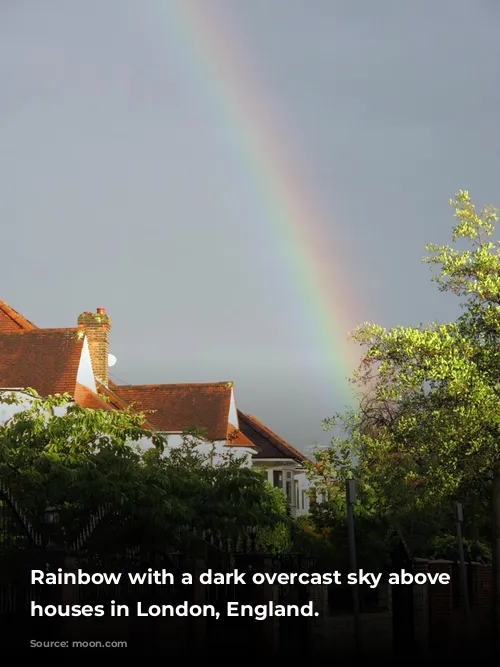
A Changing Weather Pattern?
Britain’s traditional weather patterns may be changing. After a decade of mild winters, recent years have seen colder temperatures and wetter conditions. This could be part of natural long-term weather cycles or a sign of climate change. If climate change is impacting Britain, London will need to adapt to more extreme weather events.

Summers: Pleasantly Warm and Damp
While summers in London can be pleasant, they are not typically scorching. The warmest temperatures usually reach the low 80s (F), providing opportunities for outdoor activities. However, most London homes lack air conditioning.
London’s summers are often damp, especially during the Wimbledon tennis tournament. While the occasional hot spell can occur, Londoners generally experience fairly temperate summer weather.




